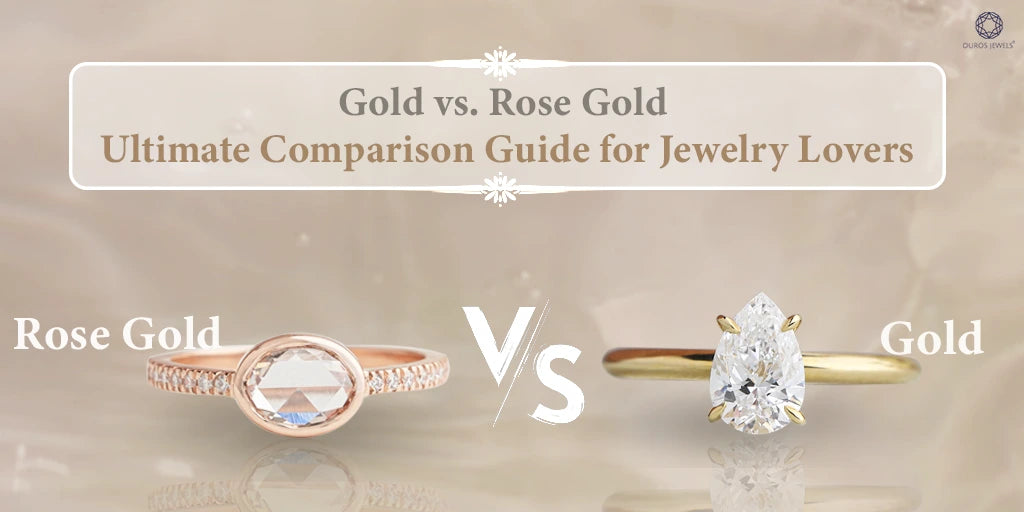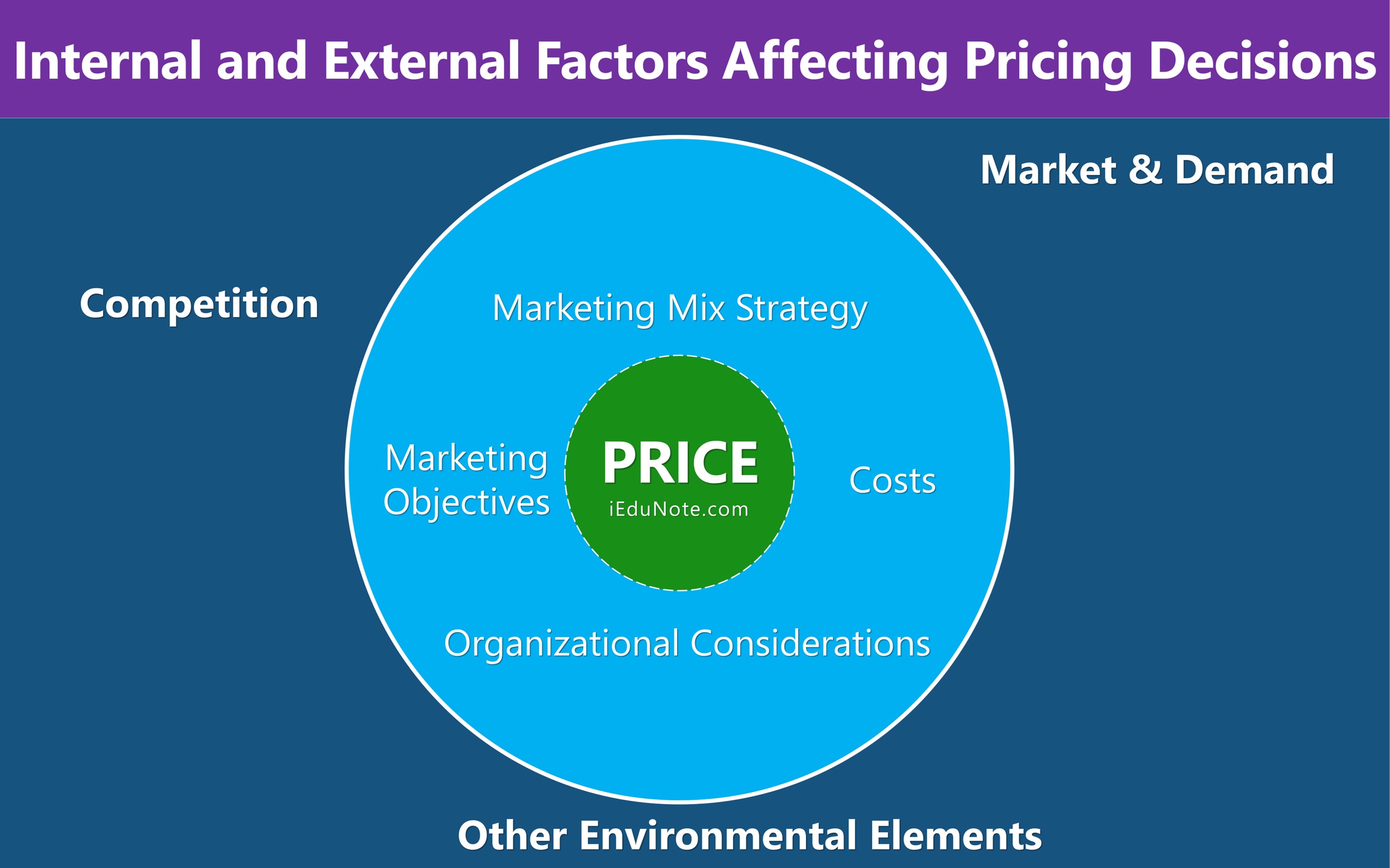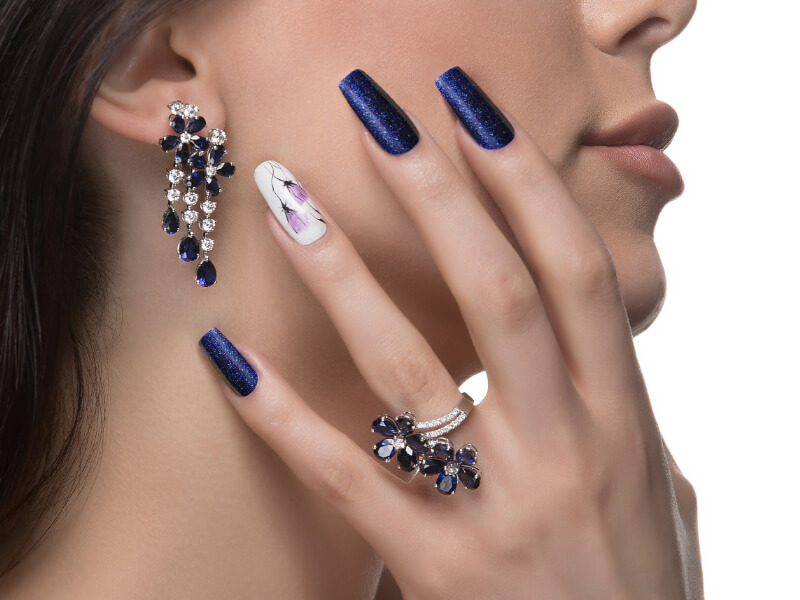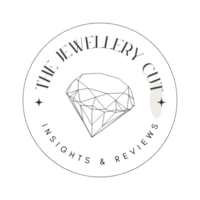Transform your jewelry collection by understanding the nuances of rose gold vs yellow gold. This guiding comparison explores the unique aesthetics, durability, and sentimental value of these two popular materials, empowering you to make informed choices for every occasion.
Understanding the Composition of Rose Gold and Yellow Gold
When it comes to choosing between different metal types for jewelry, the composition is a key factor. Both rose gold vs yellow gold have distinct elemental make-ups which affect their overall characteristics and suitability for various applications. In this section, we’ll delve into the individual compositions of each metal type to illuminate the underlying compositions that define them.
The Alloys Behind Each Gold Type
Yellow gold is primarily made up of pure gold, alloyed with metals such as copper and silver. Typically, it contains around 75% gold (18K) with the remaining percentage made up of these alloys. The addition of copper imparts strength and ductility, making it less prone to scratches.
On the other hand, rose gold, often referred to as pink gold, similarly incorporates pure gold, but with a variation in alloy composition. Rose gold is created by mixing gold with a higher percentage of copper, giving it its distinctive hue. The percentage of copper can vary, resulting in various shades of rose, but it typically contains around 75% gold in 18K form.
Influence of Composition on Quality and Aesthetics
The different alloy compositions not only influence the color but also the overall quality of the jewelry pieces made from these metals. Yellow gold, with a more balanced alloy mixture, tends to have a warmer, classic appeal, while rose gold’s higher copper content gives it a unique vintage charm. These distinctions can be critical for individuals seeking jewelry that matches their personal style.
Moreover, when it comes to quality, both compositions provide durability, but the higher copper content in rose gold may lead to increased maintenance needs. Understanding these compositions helps buyers make informed choices based on personal preferences.

Appearance and Aesthetic Preferences
The visual appeal of jewelry plays a significant role in the buyer’s decision-making process. In this section, we explore the aesthetic qualities of rose gold vs yellow gold and how they can resonate with different personal styles and preferences.
How Each Gold Type Complements Different Styles
Yellow gold has long been associated with traditional and timeless aesthetics. Its warm hue often complements a variety of skin tones and is a preferred choice for classic designs. It works well with other gems, enhancing their natural beauty while maintaining a luxurious look.

Rose gold, with its romantic and soft appearance, has surged in popularity, particularly in modern and vintage-inspired jewelry. Its pinkish tint makes it a favorite among younger buyers and is often chosen for engagement rings and delicate pieces.
Trends and Individual Taste
The choice between rose gold vs yellow gold often boils down to personal taste and current trends. Over the years, yellow gold has maintained a steady presence in high-end jewelry, while rose gold’s rise has been meteoric, influenced by designers embracing its unique charm. Regardless of preference, both options offer versatility that can suit a wide array of styles, from ornate to minimalistic.
Durability and Practical Considerations for Everyday Wear
For many, durability is a crucial factor when selecting jewelry, particularly for pieces intended for daily wear. Within this segment, we will examine the durability aspects of rose gold vs yellow gold and the practical considerations that arise from wear and tear over time.
The Resilience of Each Metal Type
Both yellow gold and rose gold are strong due to their alloy compositions. Yellow gold, protected by the addition of metals like copper and silver, offers excellent resistance to scratching and tarnishing. It is an ideal choice for rings that may be exposed to daily wear.

Conversely, while rose gold is also durable, the higher copper content may make it slightly more susceptible to oxidation. This means it may require more frequent polishing to maintain its sheen. Understanding these characteristics allows buyers to choose wisely based on their lifestyle.
Maintenance Implications for Long-lasting Use
Owning jewelry involves maintenance, and understanding the specific needs for each type can ensure longevity. Yellow gold often requires simple cleaning solutions, while rose gold may need more specialized care to avoid tarnishing.
To keep both types looking their best over time, proper care routines are essential. Regular cleaning and storage away from moisture can significantly extend the lifespan of jewelry pieces made from either rose gold vs yellow gold.
Price Factors and Market Considerations
When investing in jewelry, the price is a significant consideration. In this section, we evaluate how the market and composition impact costs, particularly when comparing rose gold vs yellow gold.
Composition and Market Demand Influences
The price of gold jewelry is largely influenced by gold market prices and the composition of the metal. Generally, both rose gold and yellow gold have similar pricing structures as they are primarily based on the amount of pure gold involved in the alloy.
However, market demand can vary; for example, rose gold has gained trend-driven popularity, which may sometimes elevate its market price. Keeping track of current market trends and understanding the factors that affect prices is critical for potential buyers.

Understanding Value for Investment
While initial costs are important, the long-term value of the jewelry piece should be a consideration. Both yellow gold and rose gold retain value relatively well in the market due to their inherent qualities and desirability. However, jewelry does not always appreciate at the same rate as gold bullion, so understanding the investment potential is important for buyers.
In addition to market-based value, personal significance, craftsmanship, and brand prestige may also impact how one perceives value in their purchase decision.
Allergen Considerations and Skin Sensitivity
Some jewelry buyers may have sensitivities or allergies to certain metals, making it essential to evaluate allergen considerations when choosing between rose gold vs yellow gold.
Common Allergens in Gold Alloys
While pure gold is hypoallergenic, the alloys used in both yellow gold and rose gold can sometimes cause reactions. Nickel, often found in some gold alloys, is a common allergen that can cause skin irritation.
Buyers should look for nickel-free options, particularly if they have known metal sensitivities. Many manufacturers offer jewelry made from allergy-friendly formulations to accommodate these needs.
Choosing Safe Options for Sensitive Skin
For those with delicate skin or allergies, selecting the correct metal type involves careful consideration of the alloys used. Rose gold tends to use copper and may be a suitable option for those who are not sensitive to this metal. Conversely, yellow gold with fewer reactive alloys can be a safer choice.

When shopping for gold jewelry, always inquire about the specific alloy compositions to ensure comfort and safety for daily wear. Understanding potential allergens will help maintain not only your jewelry’s beauty but also your skin’s health.
Popular Uses in Jewelry Design and Fashion
The use of various gold types in jewelry design is closely linked to fashion and personal preference. This section explores how rose gold vs yellow gold are utilized in current jewelry trends and common applications.
Fashion Trends and Jewelry Preferences
The contemporary jewelry landscape is rich with diverse preferences. Yellow gold remains a staple for classic pieces such as lockets and traditional wedding bands, maintaining its elegance across generations.
Rose gold has carved out a niche in romantic and whimsical designs. It is frequently favored for unique engagement rings and chic necklaces, capturing the hearts of modern brides and fashion enthusiasts alike.
Common Applications in Different Jewelry Types
Both rose gold and yellow gold see extensive use across various jewelry types, from earrings to bracelets. Yellow gold’s neutral tone complements virtually any diamond or colored stone, making it versatile for different styles.

In contrast, rose gold’s distinctive hue particularly flatters blush-colored gemstones like morganite and pink sapphires, enhancing their beauty. Understanding how each metal is commonly used will assist buyers in making more informed choices tailored to their aesthetic desires.
Creating a clear comparison of rose gold vs yellow gold allows jewelry enthusiasts to appreciate the unique characteristics and aesthetic appeal of each option. This knowledge empowers users to make informed choices that reflect their personal style and enhance their jewelry collection.
